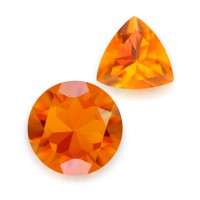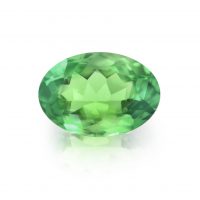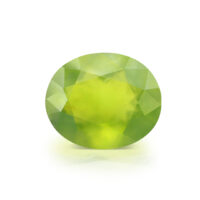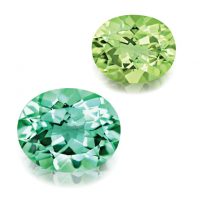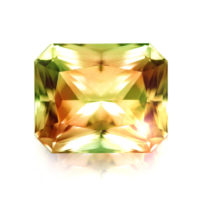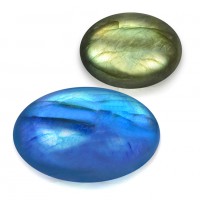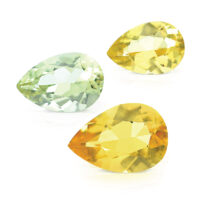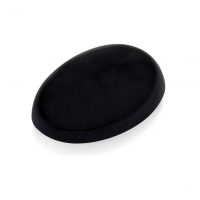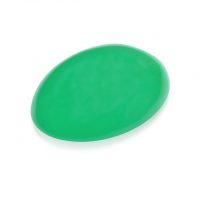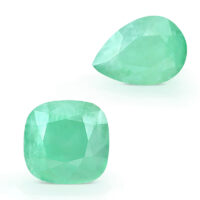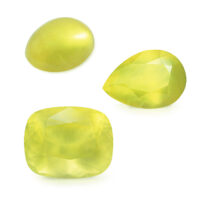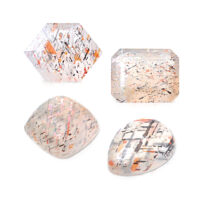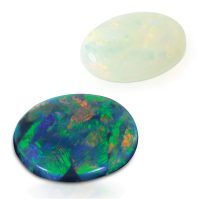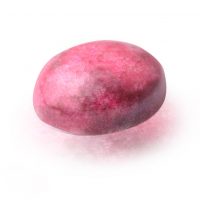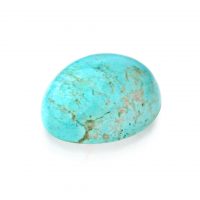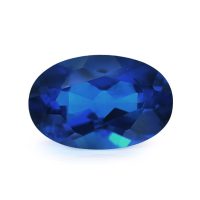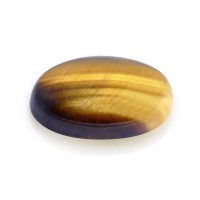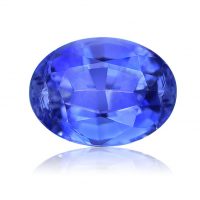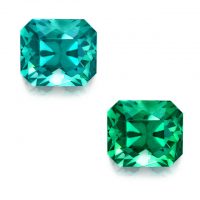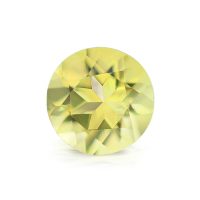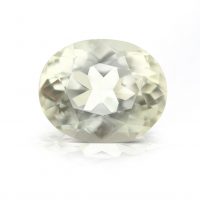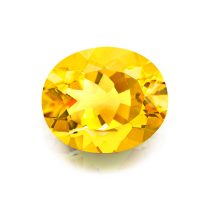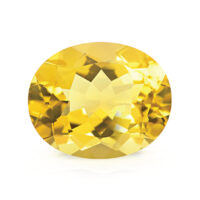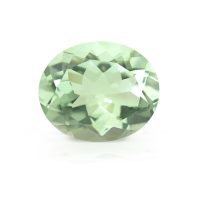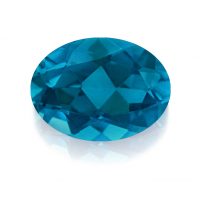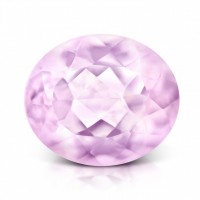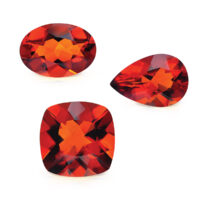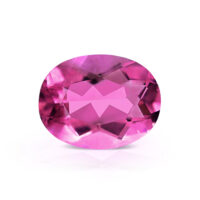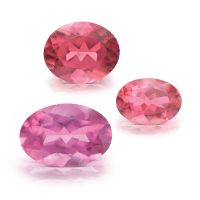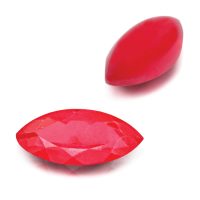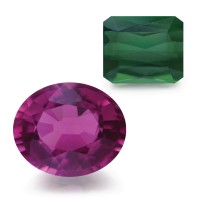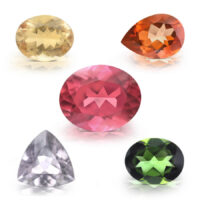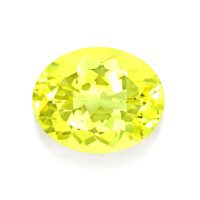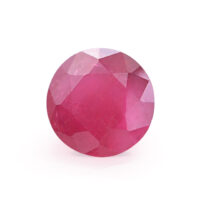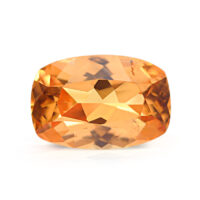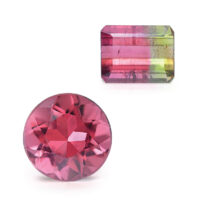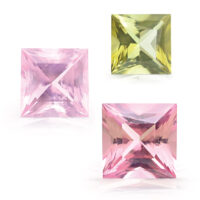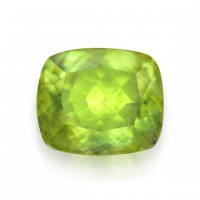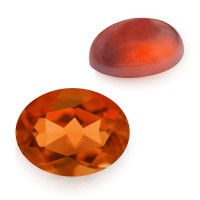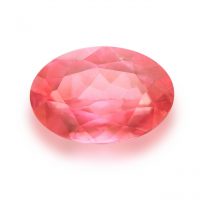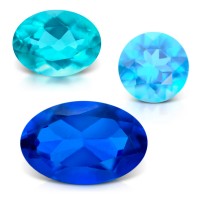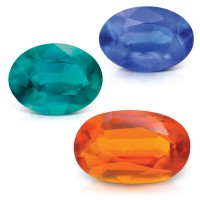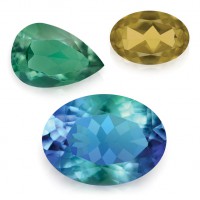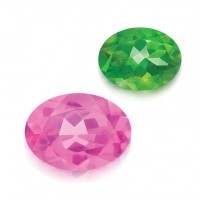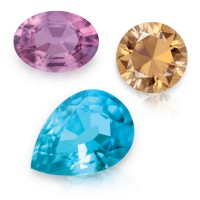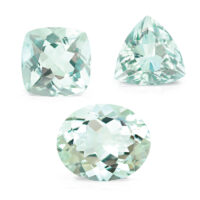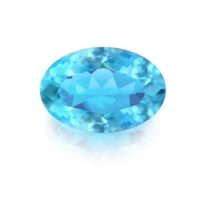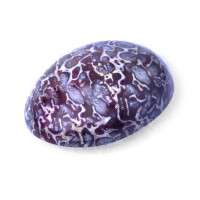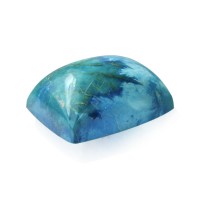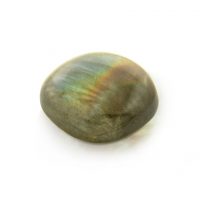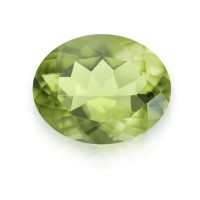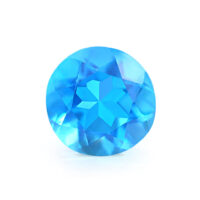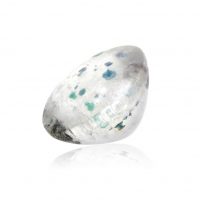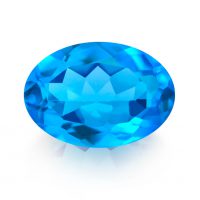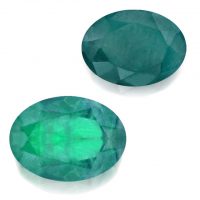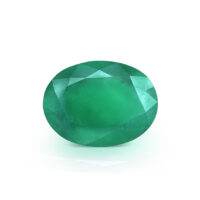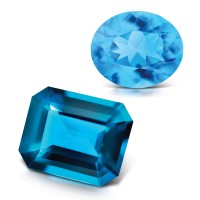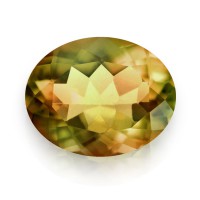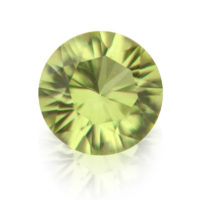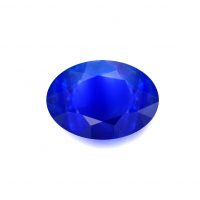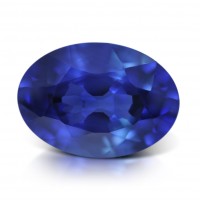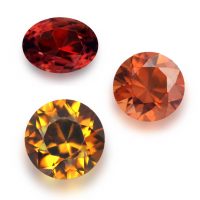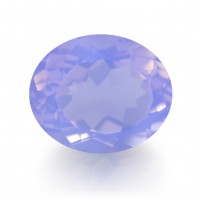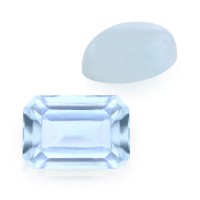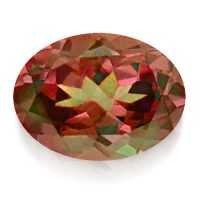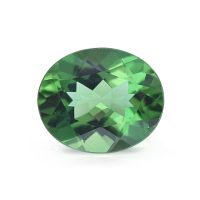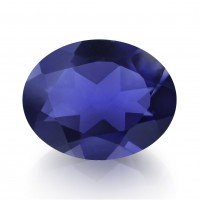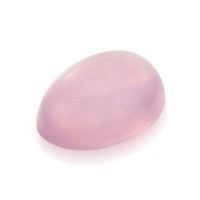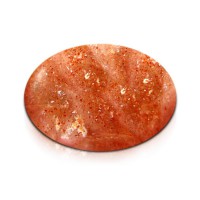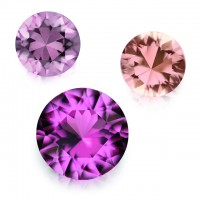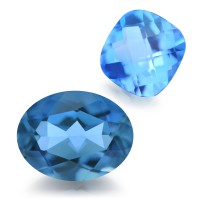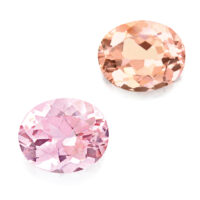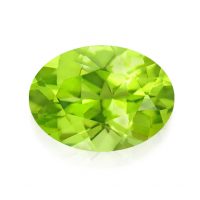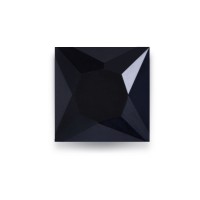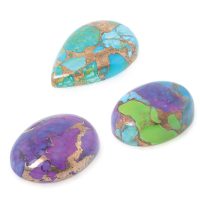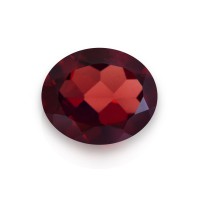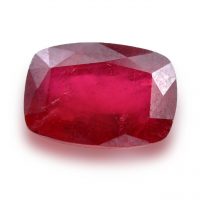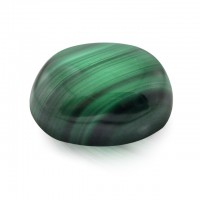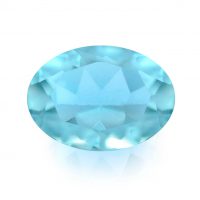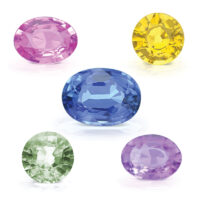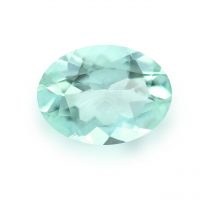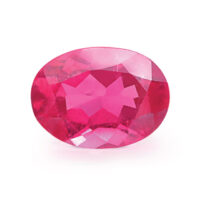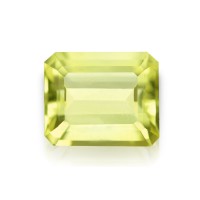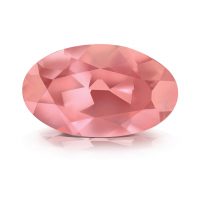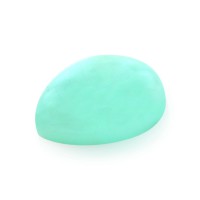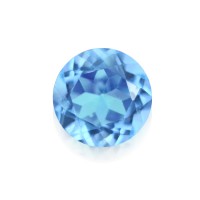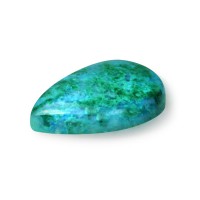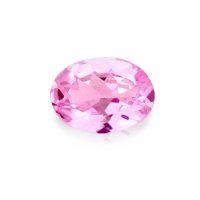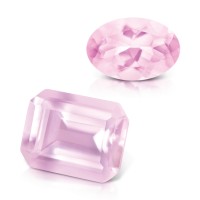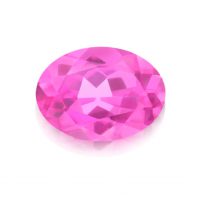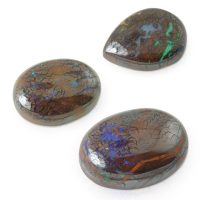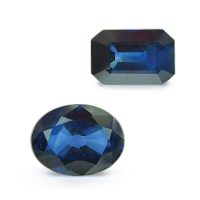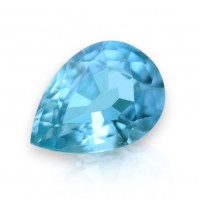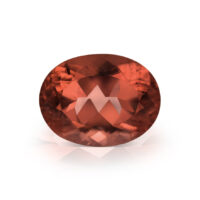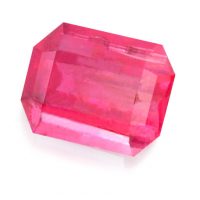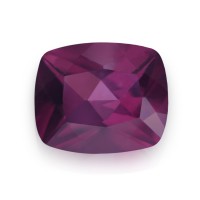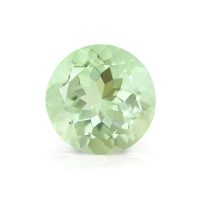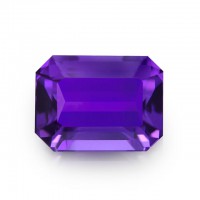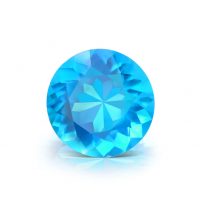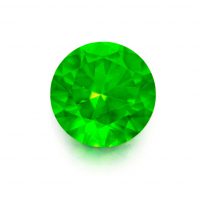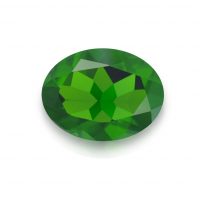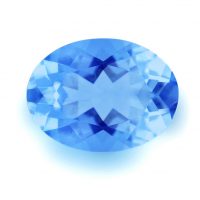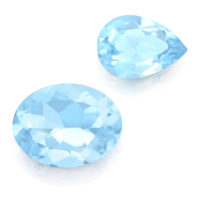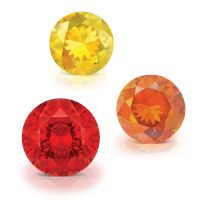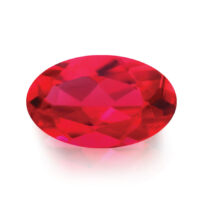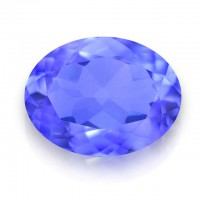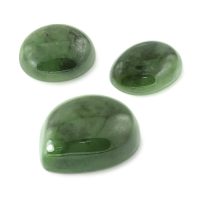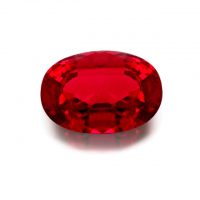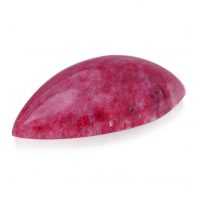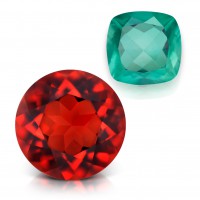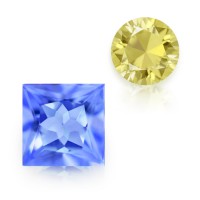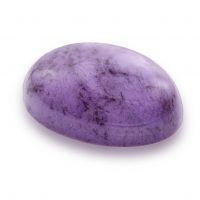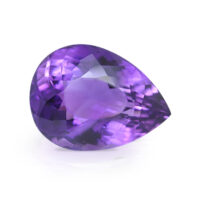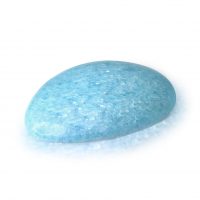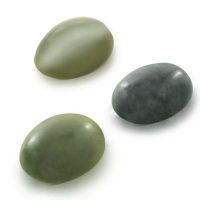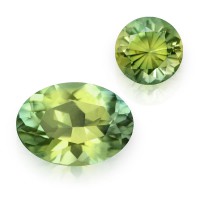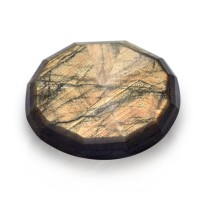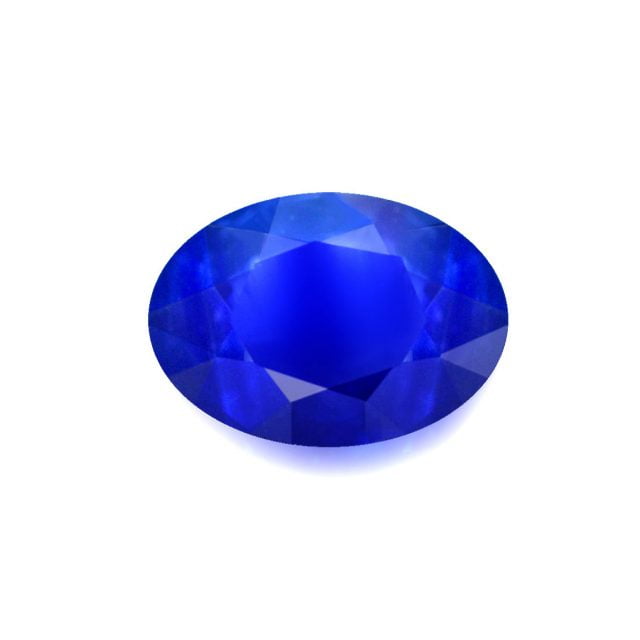

Kanchanaburi Sapphires are beautiful, rare, twilight blue gemstones from Thailand’s Kanchanaburi Province, best known for the famous Bridge over the River Kwai. With no significant mining since 2009, the genuine rarity of Kanchanaburi Sapphire is undeniable.
Hardness 9
Refractive Index 1.762 – 1.788
Relative Density 3.95 – 4.03
Enhancement Heat
Beauty
In comparison to Ceylon Sapphire’s signature cornflower blues, Kanchanaburi Sapphire is known for its beautiful, rich twilight blues. Expert cutting is absolutely critical for Kanchanaburi Sapphire and it is finished eye-clean, the highest quality clarity grade for colored gemstones as determined by the world’s leading gemological laboratories, with a superior polish that results in a beautiful luster. Kanchanaburi Sapphires share the problem of zoning similar to Sri Lankan Sapphires, which must be overcome by the lapidary to ensure an even table color. They were carefully faceted by experienced Thai (Chanthaburi) lapidaries in a manner that doesn’t sacrifice brilliance for weight, with a good shape and overall appearance (finish, outline, profile and proportions).
While both Ruby and Sapphires are classed as Type II gemstones (gems that typically grow with some minor inclusions in nature that may be eye-visible), Sapphires are usually cleaner (and larger) than Ruby, with an eye-clean clarity (no visible inclusions when the gem is examined six inches from the naked eye) being the typical standard. Fine microscopic inclusions (called ‘flour’, ‘milk’ or ‘silk’) in some Blue Sapphires can impart a ‘velvety’ or ‘sleepy’ appearance that boosts both beauty and value. Once you’ve settled on a color you like, look for a good shape and overall appearance (finish, outline, profile and proportions). While ovals are the most common, Blue Sapphires are available in other shapes and cuts. Note optimal cutting is absolutely critical for Sapphire.
Sapphires are transparent gemstones, whose colors include blues, violet blues, greenish-blues, and combinations thereof. Intense ‘middle’ colors are the happy medium, with pure blues being the marketplace’s rarely obtainable ideal. Sapphires that are too dark (inky), too light, or have too much grey or brown are priced accordingly. While some violet tints in Sapphires are attractive and desirable, excessive greenish-blues are usually more affordable. While Sapphires are pleochroic (different colors visible from different viewing angles), this is not usually a concern, but gems with table-up pleochroism that detracts from their beauty, will also be priced accordingly. As usual, the visibility of pleochroism is determined by crystal orientation during lapidary. The aesthetic impact of color unevenness due to zoning (location of color in the crystal versus how the gem is faceted) or excessive windowing (areas of washed out color in a table-up gem, often due to a shallow pavilion) is also an important value consideration. Finally, pay attention to how transparency and inclusions affect Sapphires’ color beauty and subsequently, value. As with all gemstones, assuming everything else to be equal, sizes matters for Sapphires and one 4 carat Sapphire will always be far rarer (and more expensive) than four 1 carat Sapphires.
While a gemstone’s colors should ideally remain beautiful in any light source, Blue Sapphires usually look their best when viewed outdoors in natural light or under fluorescents. Incandescent lights are the bane of Blue Sapphires.
Like all famous gemstones, Sapphire features in mythological and religious stories. Whether these really referred to what we know as Lapis Lazuli or blue gems collectively during antiquity is uncertain. According to Greek mythology, the first person to wear September’s birthstone was Prometheus. While Persians believed Sapphire’s reflections gave the sky its colors, Sapphire is mentioned in the bible: Exodus (24:10), the throne of God is paved with Blue Sapphire of a heavenly clarity, it is also one of the 12 ‘stones of fire’ (Ezekiel 28:13-16) set in the breastplate of judgement (Exodus 28:15-30). As one of the 12 gemstones set in the foundations of the city walls of Jerusalem (Revelations 21:19), Sapphire is also associated with the Apostle St. Paul. Sapphires have long symbolized faithfulness, innocence, sincerity and truth, so it’s not surprising that for hundreds of years they were popular engagement ring gemstones. Apart from being one of the world’s favorite hues, blues are also psychologically linked to calmness, loyalty and sympathy. While Sapphire’s popularity as an engagement gemstone has been somewhat upstaged by Diamonds since the 50s, they are making a comeback. For example, in 1981 Prince Charles gave Lady Diana an engagement ring set with a stunning 18 carat Ceylon Sapphire and more recently (2011) Prince William tied the knot with Kate Middleton using the same engagement ring.
The birthstone for September, Sapphire is a truly mesmerizing gemstone with a rich history, potent symbolism, and a popularity spanning over 2,500 years. Sapphires embody a gem’s quintessential ideals: genuine rarity, breathtaking beauty and everyday durability; making it one of the world’s most coveted gemstones. Ruby and Sapphire are color varieties of the mineral Corundum (crystalline aluminum oxide), which derives its name from the Sanskrit word for Rubies and Sapphires, ‘kuruvinda’. Trace amounts of elements such as chromium, iron and titanium as well as color centers are responsible for producing Corundum’s rainbow of colors. Sapphire’s name is derived from the Latin, ‘sapphirus’, which in turn comes from the Greek ‘sappheiros’, meaning blue. This name is believed by some to originate from either the Hebrew ‘sappir’ (precious stone) or the Sanskrit ‘sanipriya’. Used to describe a dark precious stone, ‘sanipriya’ means ‘sacred to Saturn’ and this entomology is lent credence by the fact that Sapphire is regarded as the gem of Saturn in Indian astrological beliefs. Historically, ‘sappheiros’ usually referred to Lapis Lazuli rather than Blue Corundum, with the modern Sapphire probably called ‘hyakinthos’ in ancient Greece. Believe it or not, Sri Lankan Sapphires were reportedly used by the Greeks and Romans from around 480 BC, which provides evidence of the ancient trade routes used by our ancestors.
Rarity
Although Sapphires traditionally hail from Sri Lanka (Ceylon) and Burma (Mogok), other sources include Australia, Cambodia (Pailin), China, Greenland, Kenya, Laos, Madagascar, Nigeria, Tanzania, Thailand, the U.S.A. (Montana) and Vietnam.
The Kanchanaburi Sapphire gem gravels were discovered in 1918 and are located in the Bo Phloi District of Thailand’s Kanchanaburi province, best known for the famous Bridge over the River Kwai. The discovery created a minor gem rush, as Thailand had lost its key source of Blue Sapphires when Pailin was ceded to French Indochina in 1907. The small town of Bo Phloi was founded near the mines. Nothing much was found in the early years, but this changed in 1929, 1978 and in a significant way from 1987. Mining of this alluvial Sapphire deposit occurred in several open pit-mines and was one of the world’s main Sapphire sources for decades.
These gems are old production mined at least 20 years ago. Fifty tons of soil was excavated to extract only 1 carat of gem crystals from the 4-5 meter thick gem-bearing gravels. Heavily mined in past decades, the mines are ostensibly depleted. As of 1994 most of the deposits had been exhausted and mining substantially reduced.
With no significant mining in a long time (circa 2009), the genuine rarity of Kanchanaburi Sapphire is undeniable. Today, most of the former mines have been transformed into fish farms, golf courses, palm gardens, and recreational areas.
Durability & Care
One of the world’s hardest gemstones (Mohs’ Hardness: 9), Kanchanaburi Sapphire is an excellent choice for everyday jewelry. Kanchanaburi Sapphire should always be stored carefully to avoid scuffs and scratches. Clean with gentle soap and lukewarm water, scrubbing behind the gem with a very soft toothbrush as necessary. After cleaning, pat dry with a soft towel or chamois cloth.
Map Location
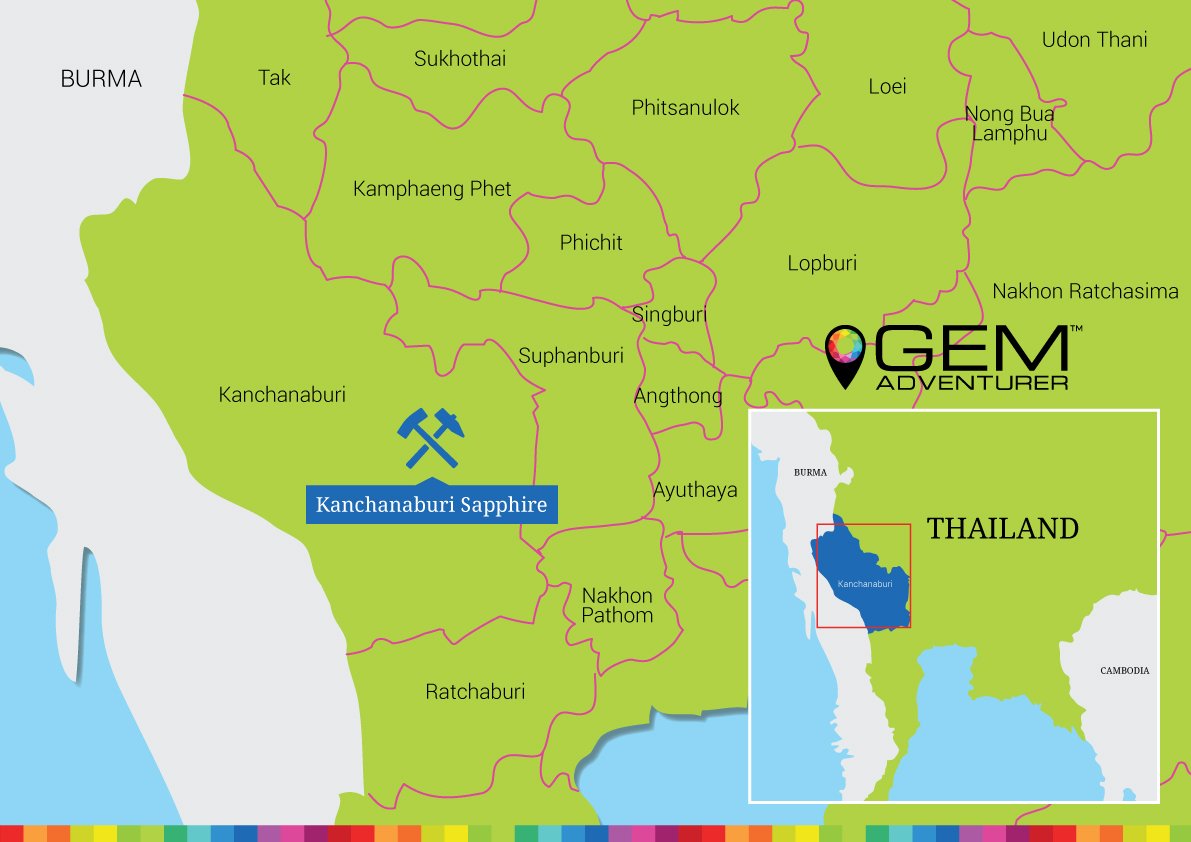
Click map to enlarge



